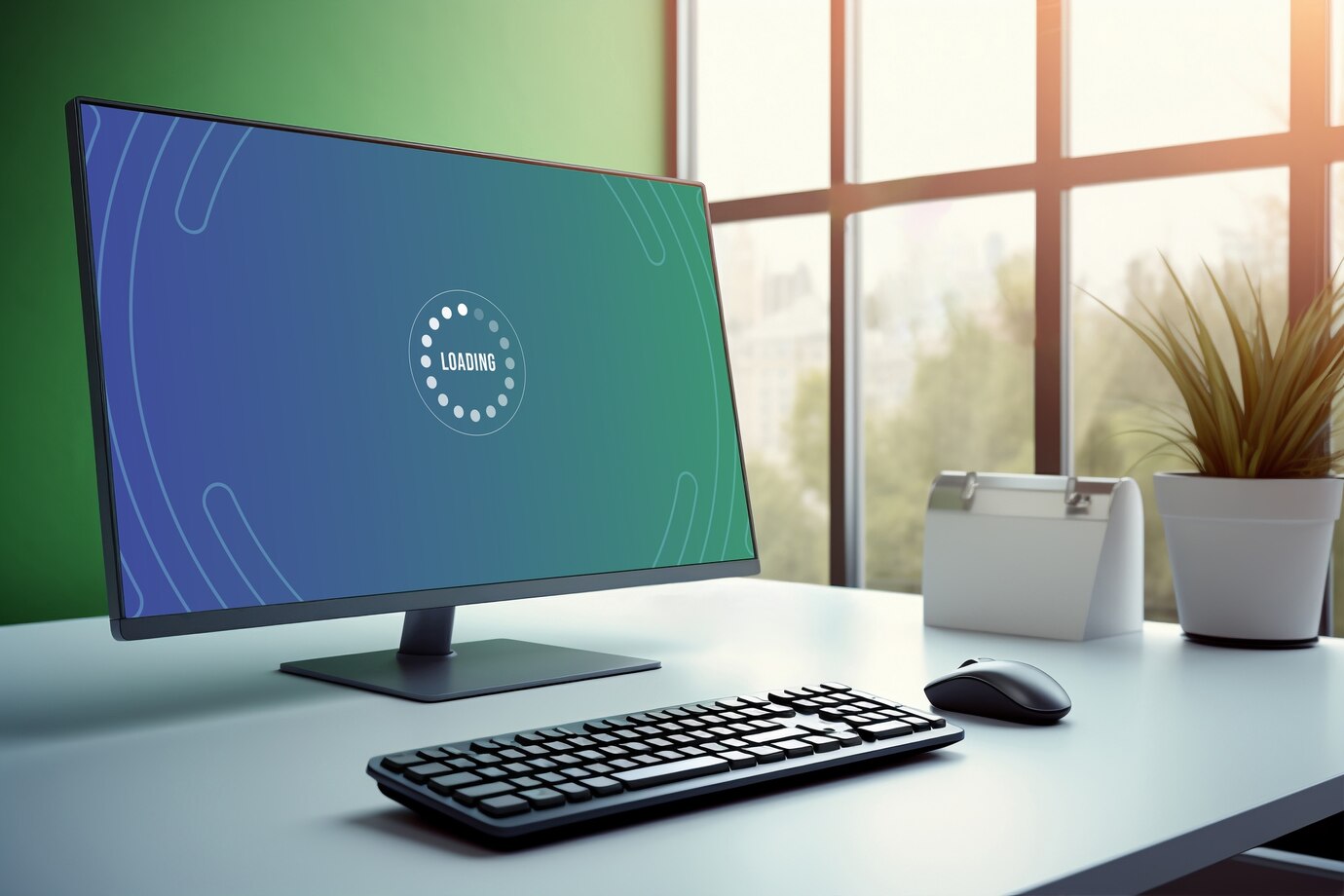A sluggish desktop can be a frustrating impediment to productivity. Fortunately, there are several strategies you can employ to breathe new life into your desktop, optimizing its performance and ensuring a faster and more efficient computing experience. Let’s explore these strategies to unlock the full potential of your machine.
Software Optimization
a. Regular Updates:
- Ensure that your operating system, drivers, and software applications are regularly updated. Manufacturers release updates to address performance issues, enhance security, and introduce new features.
b. Remove Unnecessary Startup Programs:
- Streamline your desktop’s startup process by disabling unnecessary programs that launch at boot. This can significantly reduce the time it takes for your desktop to become fully operational.
c. Utilize Performance Optimization Tools:
- Take advantage of performance optimization tools that can analyze and enhance your desktop’s speed. Tools like CCleaner can help clean up temporary files, invalid registry entries, and other system clutter.

Hardware Upgrades
a. Upgrade RAM:
- Increasing your desktop’s RAM (Random Access Memory) can lead to a substantial improvement in performance, especially when running memory-intensive applications or multitasking.
b. Solid-State Drive (SSD) Installation:
- Upgrade from a traditional Hard Disk Drive (HDD) to a Solid-State Drive (SSD) for faster data access speeds. SSDs can significantly reduce boot times and enhance overall system responsiveness.
c. Graphics Card Enhancement:
- If you engage in graphics-intensive tasks such as gaming or video editing, consider upgrading your graphics card. A more powerful GPU can handle demanding visual tasks with greater efficiency.
Disk Cleanup and Organization
a. Remove Unnecessary Files:
- Conduct regular disk cleanup to eliminate unnecessary files, temporary data, and cached files. This not only frees up storage space but also contributes to a more responsive system.
b. Organize and Defragment Hard Drive:
- Arrange your files in an organized manner and regularly defragment your hard drive. Defragmentation ensures that files are stored in contiguous blocks, reducing access time and improving overall performance.
c. Manage Startup Programs:
- Review and manage programs that launch at startup. Disable unnecessary startup items through the Task Manager or System Configuration utility to expedite the boot process.
System Performance Tips
a. Adjust Power Settings:
- Optimize power settings to balance performance and energy efficiency. Adjust power plans to favor performance when needed, especially during resource-intensive tasks.
Monitor Resource Usage
a. Task Manager Monitoring:
- Regularly check the Task Manager to identify processes or applications consuming excessive resources. This allows you to address performance-hogging elements promptly.
b. Resource-Hungry Applications:
- Identify resource-intensive applications and consider alternatives or optimizations. Some applications may have settings that allow you to reduce their impact on system resources.
Clean Browser Cache
a. Clearing Browser Cache:
- Browsers accumulate cache over time, impacting performance. Periodically clear your browser’s cache and cookies to ensure a smooth online experience.
Optimize Display Settings
a. Resolution and Refresh Rate:
- Adjust display settings to an optimal resolution and refresh rate. Running at the native resolution and refresh rate of your monitor ensures a crisp and responsive display.
Uninstall Unused Programs
a. Remove Unnecessary Software:
- Uninstall programs and applications that you no longer use. This not only frees up storage space but also eliminates background processes associated with these applications.
Backup and Reinstall Operating System
a. Backup Important Data:
- Before considering a complete reinstallation, ensure you have a backup of important data. Use external storage or cloud services to safeguard your files.
b. Fresh Operating System Installation:
- A fresh installation of the operating system can eliminate accumulated clutter and improve overall system responsiveness. Ensure you reinstall necessary drivers and software afterward.
Conclusion
In conclusion, revitalizing your desktop for optimal performance involves a combination of software optimization, hardware upgrades, and proactive maintenance. By regularly implementing these strategies, you can transform your desktop into a powerhouse of efficiency, ensuring a smooth and responsive computing experience.
Start by staying vigilant with software updates, keeping your operating system, drivers, and applications in sync with the latest enhancements. Streamlining your startup programs and utilizing performance optimization tools can declutter your desktop’s digital space, paving the way for faster boot times and improved overall responsiveness.





